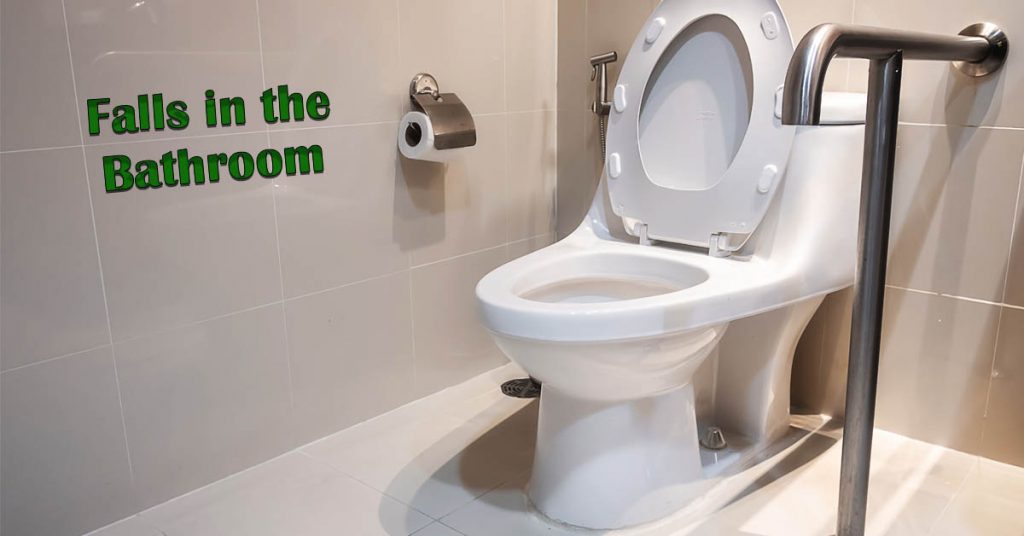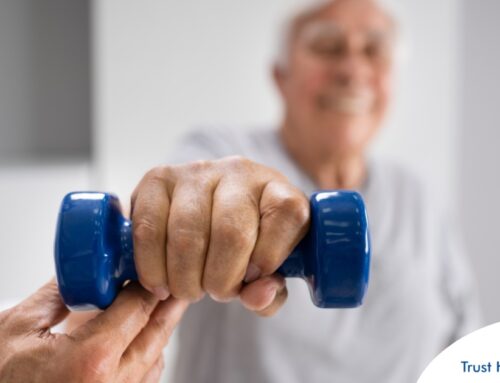The scariest room in horror movies is often the basement. There should be more fear of the bathroom. Although the smallest room in the house, a Centers for Disease Control (CDC) study found that nonfatal injuries among older adults were likely to occur in the bathroom. [1]
The two most common spots for injuries were around the tub or shower and the toilet. Approximately two-thirds of injuries happened in the tub or shower. Injuries were more likely to occur when people were bathing or showering. Getting out of the tub or shower, not getting in, presents a greater hazard. Possibly because floors and fixtures were more slippery after a bath. Approximately 14 % of injuries occurred while getting up from or sitting down on the toilet—but that percentage rose for people 65 and older, ranging from 19% to 37%.
Injury rates were higher in women. Studies consistently have shown that women are at higher risk than men for falling and for sustaining fall-related injuries (2). This difference might be related to gender differences in physical activity, lower-body strength, bone mass, circumstances surrounding the fall, or greater willingness to seek medical treatment (3).
Approximately 80% of all bathroom injuries were caused by falls, with injuries including contusions or abrasions, sprains or strains, and fractures. Those in the oldest age groups had the highest rates of injury. People over 65 are at increased risk of serious injuries from falling, such as hip fractures, and in the study, the older adults were the ones who were hospitalized most often and had the highest fracture rates. [4]
A few environmental modifications can reduce the risk of bathroom falls. Adding bathmats, nonskid strips, and grab bars inside and outside the tub or shower helps prevent falls, as well as adding grab bars around the toilet.
[1] Judy A. Stevens, PhD., Elizabeth N. Haas, Div of Unintentional Injury Prevention; Tadesse Haileyesus, MS, Office of Program and Statistics, Nonfatal Bathroom Injuries Among Persons Aged Over 15 Years. National Center for Injury Prevention and Control, CDC. Corresponding contributor: Judy A. Stevens, CDC, jas2@cdc.gov, 770-488-4649.
[2] Stevens JA, Sogolow ED. Gender differences for nonfatal unintentional fall-related injuries. Inj Prev 2005;11:115–9.
[3] Macintyre S, Hunt K, Sweeting H. Gender differences in health: are things really as simple as they seem? Soc Sci Med 1996;42:617–24.
[4] Rubenstein LZ, Josephson KR. The epidemiology of falls and syncope. Clin Geriatr Med 2002;18:141–58.







